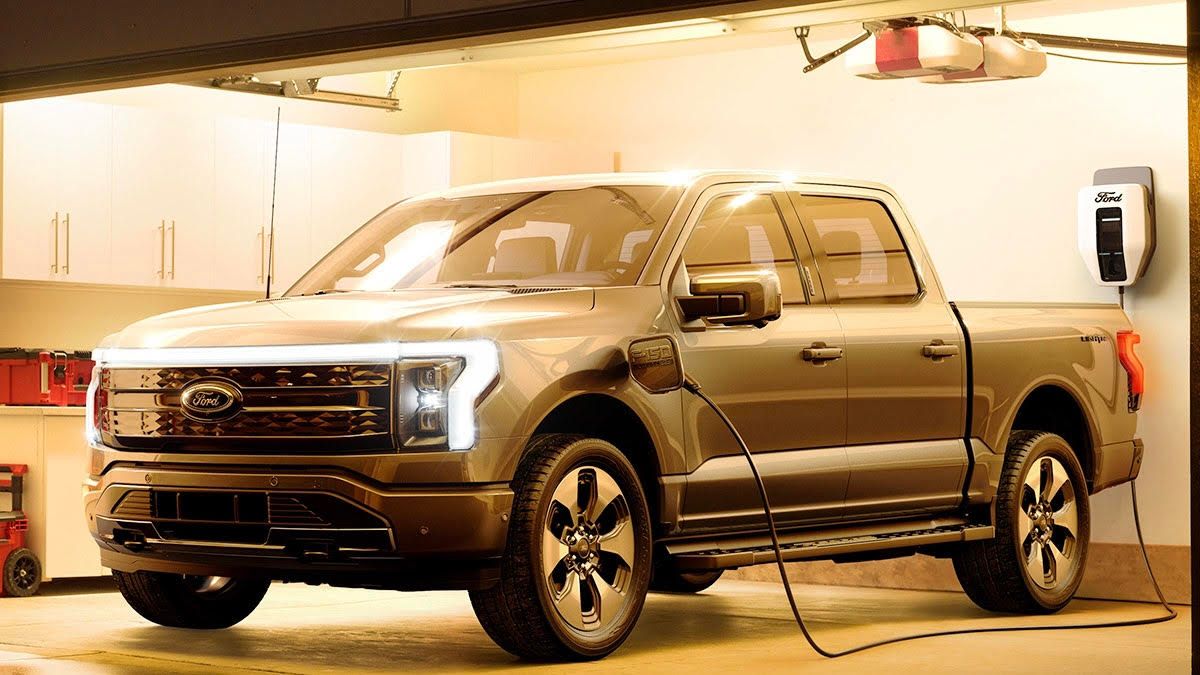LOS ANGELES — As electric vehicles become more commonplace, they can be used to do more than just move people from point A to point B.
They'll be able to power buildings and homes and support the electrical grid with so-called vehicle-to-everything, or V2X, technologies. In the works for more than a decade, the idea got a major boost Wednesday when the U.S. Department of Energy announced a first-of-its-kind collaboration with utilities, local governments and automakers to accelerate V2X development and commercialization.
"Bidirectional plug-in electric vehicles present the potential for increasing the country's energy security, economic vitality and quality of life," said Angelina Galiteva, chair of California Independent System Operator Board of Governors, in a statement. "Bidirectional PEVs, including plug-in hybrid electric and all-electric vehicles, could play a key role in the country's transportation future.”
Most electric vehicles today are set up to draw electricity from the grid with plug-in chargers or wall outlets. But bidirectional technology allows EVs to reverse the flow, sending the stored energy in their batteries to buildings as well as the electrical grid. Doing so can help bolster utilities with extra power during times of peak demand and also help reduce energy bills for EV owners.
The Memorandum of Understanding the DOE signed brings together the various stakeholders that can make that happen, including the California Energy Commission, City of Los Angeles, Los Angeles Department of Water and Power and the automakers Ford Motor Company, General Motors and Nissan Motor Corp., among others.
“As Ford leads the EV revolution, we’re excited to help our customers unlock the energy potential of their electric vehicles, whether it’s using their F-150 Lightning to power their home in an outage or their E-Transit to run their tools on the job site,” said Bob Holycross, Ford Motor Company’s chief sustainability, environment and safety officer. “We’re proud to be lending our expertise to this partnership and look forward to continuing the conversation with the Department of Energy, California Energy Commission and others to accelerate the deployment of V2X technology.”
The Ford F-150 Lightning is one of a small handful of electric vehicles on the market that is bidirectional, or capable of sending power from its batteries to an outside structure. The upcoming General Motors Silverado EV and newest incarnation of the Nissan Leaf also have bidirectional capability, as will many other electric vehicles in the pipeline.
Related Stories
- Metro will open Regional Connector Transit Project through downtown LA this fall
- Mask mandates on transit lines lifted in response to federal judge ruling
- Sheriff Villanueva gives Metro ultimatum on transit policing, will reassign deputies
- 35% of 2026 model year cars sold in California will need to be zero-emissions under new proposed standards
Fermata Energy, based in Charlottesville, Va., makes vehicle-to-everything software and bidirectional hardware that can turn EVs into energy-storage systems. One of the DOE collaborators on the new V2X collaboration, Fermata recently used a Nissan Leaf with a bidirectional charger to conduct a demand response demonstration with a wastewater treatment facility in Rhode Island that helped the utility save $4,325 over the course of three months. The city of Boulder, Colo., also used Fermata’s bidirectional EV technology with a fleet vehicle to save $270 per month on its electrical bill, the company said.
“V2X technologies are essential to accelerating the adoption of EVs and scaling renewable energy on the grid,” Fermata Energy Founder and Chief Executive David Slutzky said in a statement. “We are excited to build on our existing partnerships with many of the MOU members by working with regulators to expand the reach of V2X and demonstrate its value to consumers, utilities, OEMs and communities.”
Globally, about 130 million electric vehicles will be on the road by 2030, according to the International Energy Agency. As EVs scale with larger, heavy-duty vehicles like trucks and buses, their batteries will be an even greater resource to help support grid stability and reduce electricity costs.
“This groundbreaking agreement couldn’t come at a better time as the EV market is taking off and the grid is moving towards 100% clean electricity in California and beyond,” California Energy Commission Commissioner Patty Monahan said in a statement.



